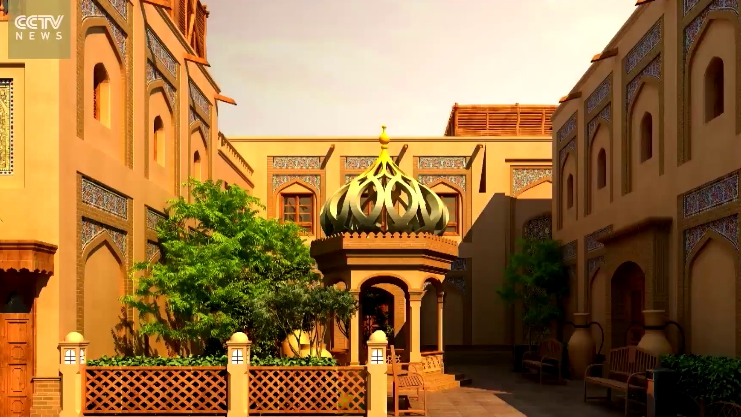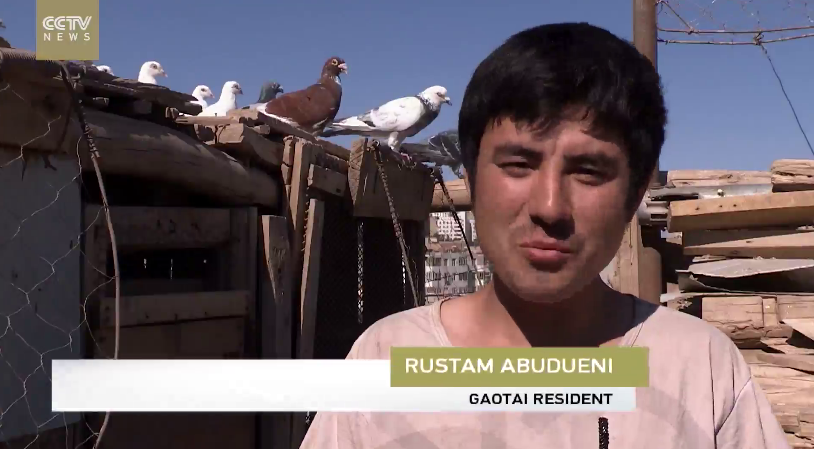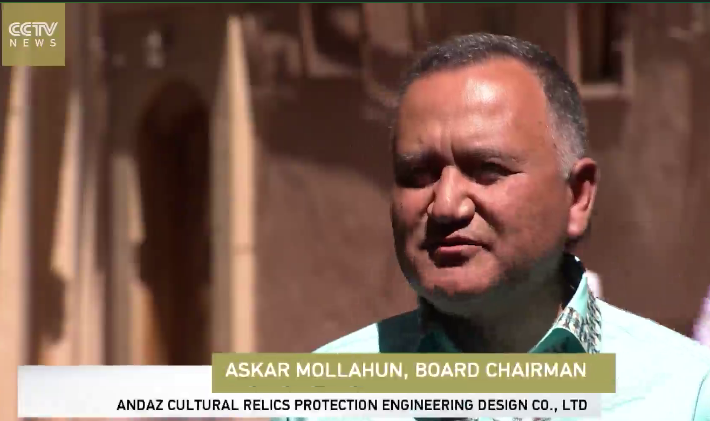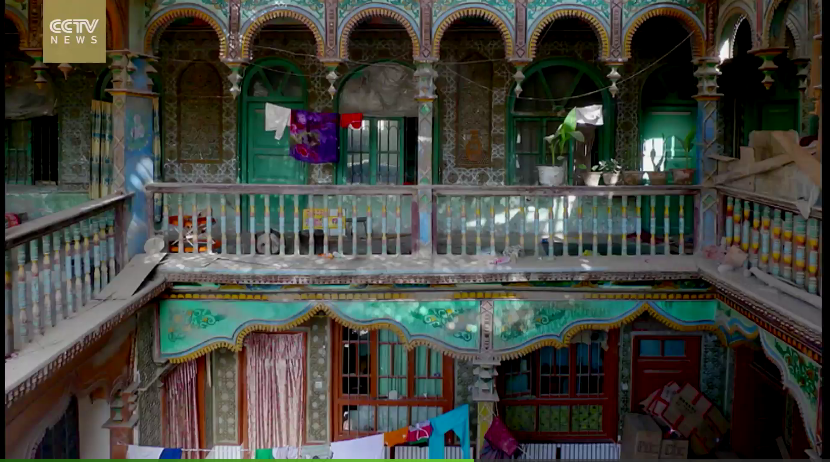
China
16:46, 04-Oct-2016
Kashgar’s urban renewal yields mixed results
Updated
10:18, 28-Jun-2018

How does an ancient city balance preservation of traditional architecture with modernity and practicality as it moves into the 21st Century?
The majority of the houses in Kashgar, in China’s northwest Xinjiang Uygur Autonomous Region, have been renovated, but in the Gaotai ancient residential area, the Uygur style still dominates.
26-year-old Rustam Abudueni lives with his parents. His home is one of the nearly 500 households that have withstood the changing times.

“This is where we have lived for generations. I hope the houses will be reinforced, so that we can continue to stay here forever,” said Abudueni.
The old sections of Kashgar are the best example of a traditional Islamic city in Central Asia. To walk through the narrow lanes of the old city is to walk through living history, and to walk in the tiny alleys is to walk straight into people’s lives.
The government has been improving the living conditions and stabilizing the old houses, and renovation began seven years ago. But where have the traditional architecture and its wisdom gone?
“The traditional Uygur architectural style is usually closed to the outside, but has an internal open courtyard-style layout, like having a big front hall with a skylight. The facade is often simple and plain. They rarely open windows, unless very small ones, considering the privacy of the room,” noted Askar Mollahun, Board Chairman of Andaz Cultural Relics Protection Engineering Design.
Askar said, like many cities, Kashgar has in some way lost its old style to progress.

“The neighborhood layout of the Old City represents a free style of combination, but there is a very harmonious interlacing of some spaces. Most rooms are connected. There are different levels of scattered buildings, with space changes and a lot of lighting changes,” Askar said.
In fact, Askar has taken part in the renovation. He thought it is his best chance to keep the best of the Old City and a contribution to keep Kashgar a vibrant hub of Uygur culture.

“As urbanization speeds up across the country, many traditional villages and historical sites or constructions are disappearing,” Askar said adding that through his years of research, he has found there are still quite a number of valuable traditional neighborhoods and communities that need immediate protection.
Renovation seems inevitable. Building the new is a trend most Chinese cities are pursuing.
Rustam wants to stay in the old houses, though he doesn’t know how long they can stand. He said moving to a modern building will be like putting his pigeons in cages, but living in the Old City gives his spirit freedom to soar.

SITEMAP
Copyright © 2018 CGTN. Beijing ICP prepared NO.16065310-3
Copyright © 2018 CGTN. Beijing ICP prepared NO.16065310-3